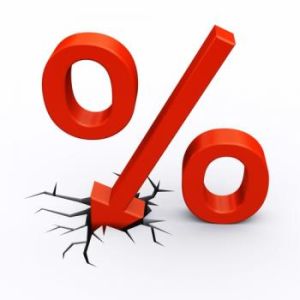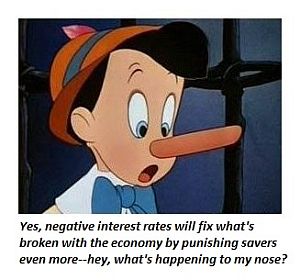 Greg Hunter – Financial writer John Rubino says don’t be fooled by the phony economy propped up by central banks. Rubino co-wrote a book a few years ago called “The Money Bubble.” It could have been written this week because almost everything he predicted then is coming to a head now.
Greg Hunter – Financial writer John Rubino says don’t be fooled by the phony economy propped up by central banks. Rubino co-wrote a book a few years ago called “The Money Bubble.” It could have been written this week because almost everything he predicted then is coming to a head now.
Rubino contends, “The money bubble is basically the big bubble that all previous bubbles have been built on. All the previous bubbles have come and gone, and “The Money Bubble” is about money, government debt and financial instruments, in general. So, it’s a global bubble that is bigger than anything that has come before.
http://youtu.be/uPFN00H3Zqs
Part of the reason it has gone on so long is everybody is participating. Every central bank has a printing press, and that allows them to fool people . . . . It fools people into thinking that the world is basically normal, and it’s not normal. . . .

 Charles Hugh Smith – The reality that cannot be spoken is that all the financial systems we believe are permanent are actually on borrowed time. One way we can judge this decline of resilience is to look at how long it takes systems to recover when they are stressed, and to what degree they bounce back to previous levels.
Charles Hugh Smith – The reality that cannot be spoken is that all the financial systems we believe are permanent are actually on borrowed time. One way we can judge this decline of resilience is to look at how long it takes systems to recover when they are stressed, and to what degree they bounce back to previous levels. Simon Black – Last week the FDIC released its annual financial statements, giving the public a glimpse into the financial condition of the organization responsible for backing up the entire US banking system.
Simon Black – Last week the FDIC released its annual financial statements, giving the public a glimpse into the financial condition of the organization responsible for backing up the entire US banking system. Charles Hugh Smith – The last hurrah of central banks is the negative interest rate policy–NIRP. The basic idea of NIRP is to punish savers so severely that households and businesses will be compelled to go blow whatever money they have on something–what the money is squandered on is of no importance to central banks.
Charles Hugh Smith – The last hurrah of central banks is the negative interest rate policy–NIRP. The basic idea of NIRP is to punish savers so severely that households and businesses will be compelled to go blow whatever money they have on something–what the money is squandered on is of no importance to central banks.